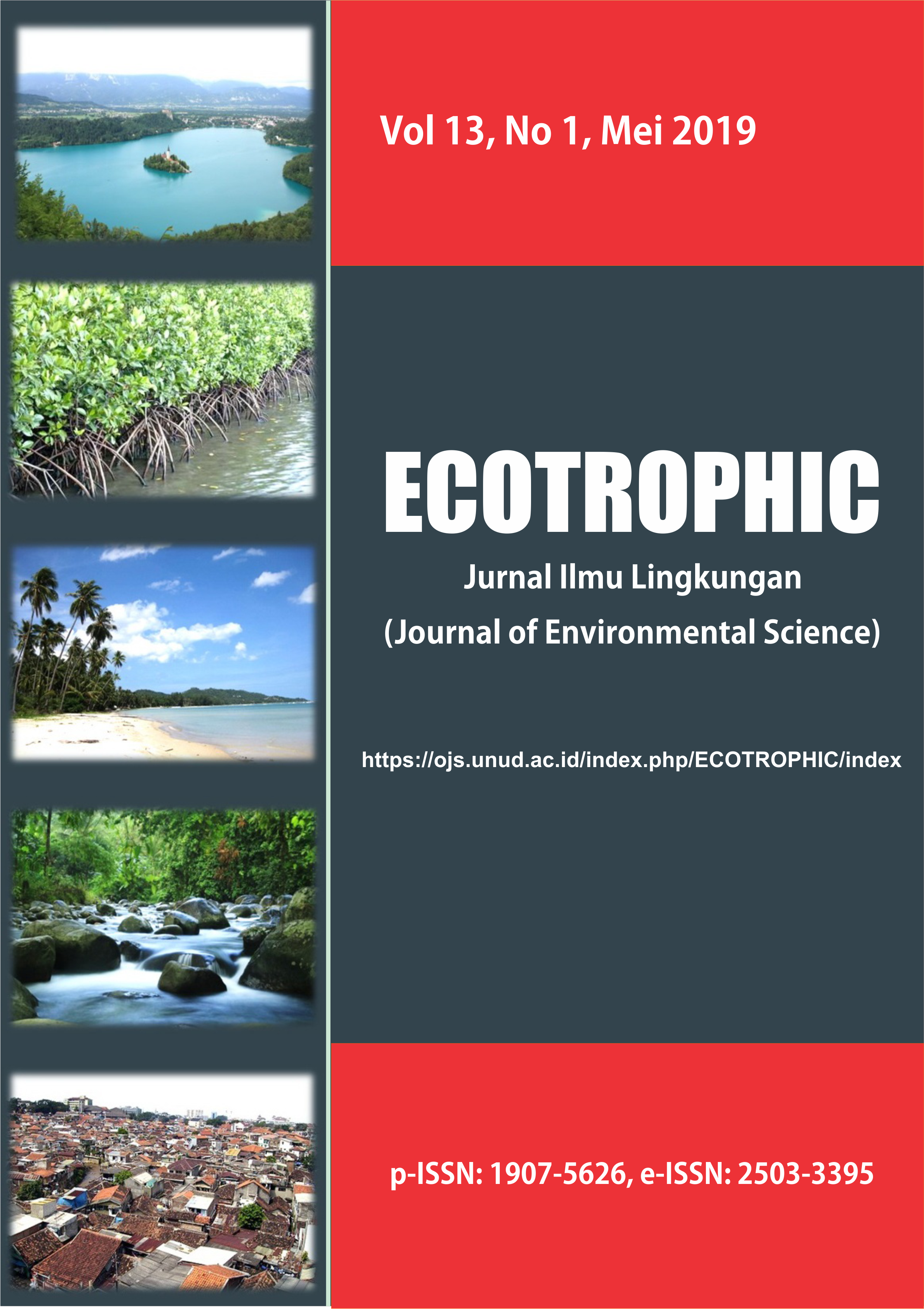ANALISIS HARA, TOTAL MIKROBA, SERTA PRODUKSI PADI PADA BUDIDAYA SYSTEM OF RICE INTENSIFICATION (SRI) DAN TRADITIONAL FLOODING (TF)
Abstract
The conventional rice cultivation of Traditional Flooding (TF) seems to be wasting the water and potentially polluting the soil and water due to improper chemical fertilizers and pesticides management (Nguyen et al., 2007). System of Rice Intensification (SRI) is one of the innovative rice cultivations with the principle of single seed replantation and intermitten irrigation (IWMI, 2007). The experiment was conducted to analyze the macro nutrients, total microbes, and the rice production by combinations of nutrient and pest management in TF and SRI system. This study applied a nested experimental design with two factors. The first factor was the cultivation system that consisted of two levels (TF and SRI), and the second factor was nutrient and pest management consisted of three combination levels (synthetic nutrient and pest management/P1, organic-synthetic nutrient and organic pest management/P2, as well as organic nutrient and pest management/P3). These combinations were nested to TF and SRI. Data were analyzed by ANOVA. It is found that P1 showed the highest growth and production in SRI and TF. The numbers of the height, tillers, total grains and the weight of seed per pot in SRI respectively are 87.33 cm, 22.17 tillers, 1179.50 grains, and 32.17 g, meanwhile in TF respectively are 78.75 cm, 17.50 tillers, 1063.33 grains and 29.00 g. P3 shows the highest content of macro nutrients and total microbes in SRI and TF, respectively the contents of C, N, P and K of P3 in SRI are 6.82 % (very high), 0.31 % (moderate), 155.69 ppm (very high), and 1804.85 ppm (very high), meanwhile in TF respectively are 6.52 % (very high), 0.25 % (moderate), 52.60 ppm (very high), and 530.79 ppm (very high). The total microbe contents of P3 in SRI and TF respectively are 2.7 x 108 CFU/g and 3.7 x 108 CFU/g. It is concluded that both in TF and SRI system (1) P1 shows the highest growth and production and (2) P3 shows the highest content of macro nutrients and total microbes. Furthermore, it is suggested that in the future the rice cultivation system should be done in a wider scale and multiple planting seasons in order to be able to precisely measure the significant difference of the rice cultivation system towards the rice growth and production.
Downloads

This work is licensed under a Creative Commons Attribution 4.0 International License.


